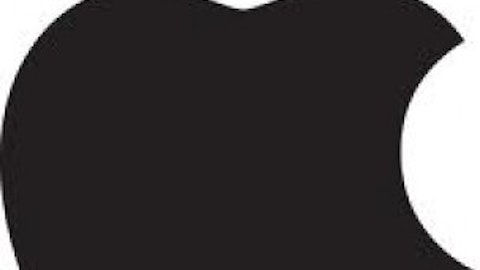It is shameful at how little I knew about QUALCOMM, Inc. (NASDAQ:QCOM) before. In seeking to rectify that, I discovered a leading company with a very strong business and fantastic technology that will allow it to maintain its dominance. Qualcomm is a semiconductor company with a huge mobile presence, and I expect many phones will use Qualcomm chips in the coming years.

Socket in a popular phone
It’s a good time to look into QUALCOMM, Inc. (NASDAQ:QCOM). Thanks to a recently awarded contract, Qualcomm’s chips are in one more “to be successful” device, the S4 by Samsung.
The phone might not be a success yet, but I don’t think anybody is under any illusions. That series is nipping at the heels of Apple Inc. (NASDAQ:AAPL)’s iPhone. Initially, the Snapdragon 600 processor was only going to be used in a few select markets, but recent developments suggest that it will reach every market with LTE technology. The more Galaxy S4 phones Qualcomm is in the better it will be for the company, so this is welcome news.
QUALCOMM, Inc. (NASDAQ:QCOM) is a high cash, low debt company experiencing great top-line and bottom-line growth. Cash sits at a cool $13 billion. It also has an adequate dividend yield of 1.50%, but that is nothing to write home about.
The last quarter saw year-over-year revenue growth of approximately 28.6% and y-o-y EPS growth of about 34.6%. Normally, with numbers like that I would expect that a particularly bad quarter made the growth measure easy. Looking at the historical data, however, it’s clear that Qualcomm is just awesome. The historical data for EPS growth is less eye-popping, but still very good. This is a quality company.
Qualcomm is the mobile chip king
Contrast QUALCOMM, Inc. (NASDAQ:QCOM)’s growth rates to ailing chip maker Intel Corporation (NASDAQ:INTC). Where Qualcomm’s stock has returned 63% in three years, Intel has returned –3.97% over the same period. Qualcomm has further to rise. I am usually a friend to the downtrodden companies, but Intel has to disclose more details surrounding its new strategy. It needs to convince me with its technology.
Intel is working hard to get into mobile. It missed the boat, and it accepts that. There’s some hope that Intel will be able to carve out a nice market share. Citing dominance in PCs and servers is fallacious, because success in one doesn’t necessarily lead to another.
Intel Corporation (NASDAQ:INTC) will be facing entrenched competitors, like Qualcomm, that have strong product offerings. Plus, coming up from behind Intel really needs to do better than companies that have been there from the start in order to entice mobile companies to switch.
The other concern I have is that while the PC and potentially the server markets shrink, Intel doesn’t just need a good mobile market share. In order to stay flat, it has to gain the ground in mobile that it’s losing in its traditional market of desktops, notebooks, and maybe servers.
There is an expectation that servers will remain a solid market and even grow. While things look better there than the PC market, there are still threats. Advanced Micro Devices, Inc. (NYSE:AMD) is looking to fit its micro-servers with ARM-based chips. If micro-servers take a chunk out of the traditional server market and use ARM-based chips, Intel would see shrinking market share in the server market, as well.
This would be true whether micro-servers chip away at the traditional server market or account for most of the new growth. Intel can create its own processors for micro-servers with time and money, but its efforts are in mobile.
Intel Corporation (NASDAQ:INTC) has every chance of gaining significant market share in the mobile space, but there are already entrenched competitors with quality products. Spending more does not necessarily mean it will produce a better technology, but money is almost always required for innovation. While Intel is spending money on R&D and production, it might lose short-term ground as the PC market shrinks and while it builds a solid long-term strategy.
LTE integration
I was going to follow up in a non-sequitur style and just talk about NVIDIA Corporation (NASDAQ:NVDA) Instead I want to discuss Qualcomm’s LTE integration and how peers like NVIDIA are only now offering something that partially competes. NVIDIA does have an offering that computes system-on-chips with Tegra, and Intel has its Atom platforms with all the additional applications, like a specialized mobile version.
